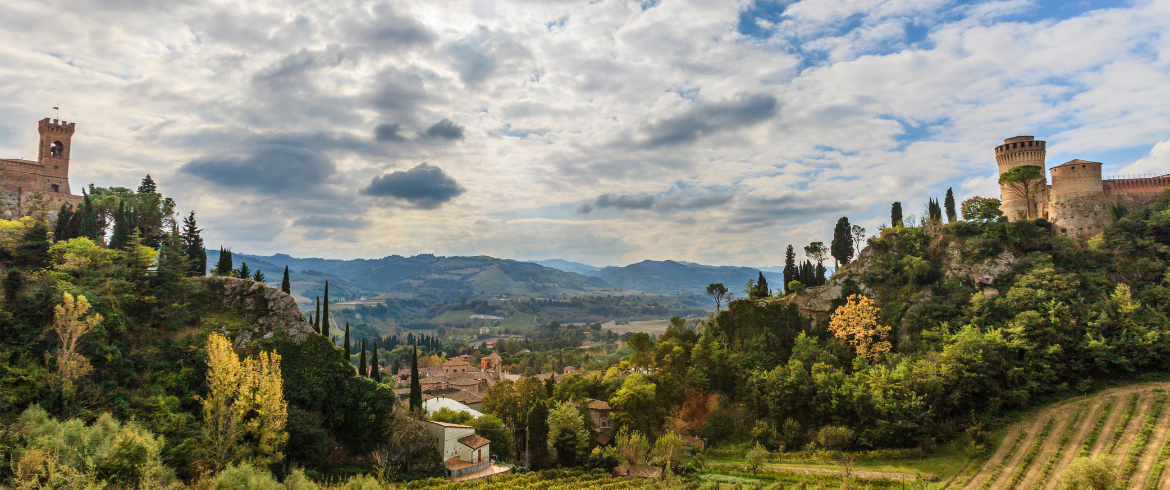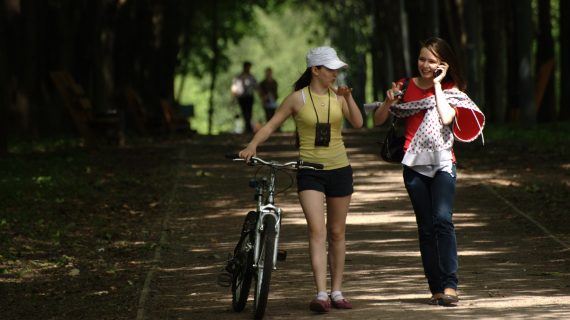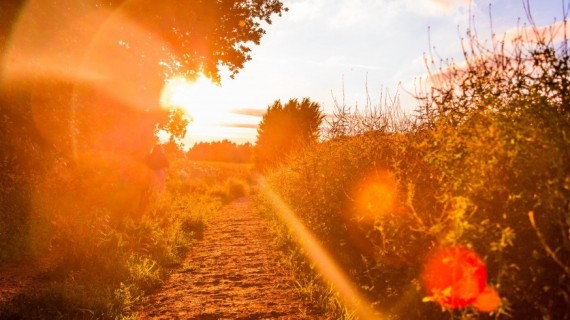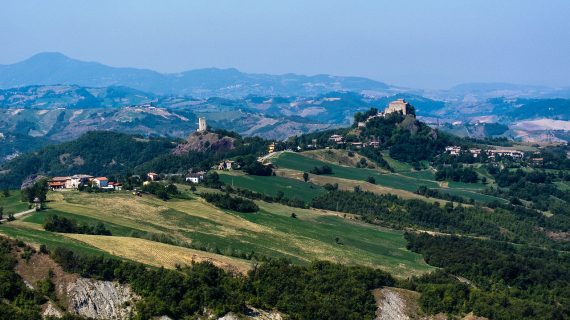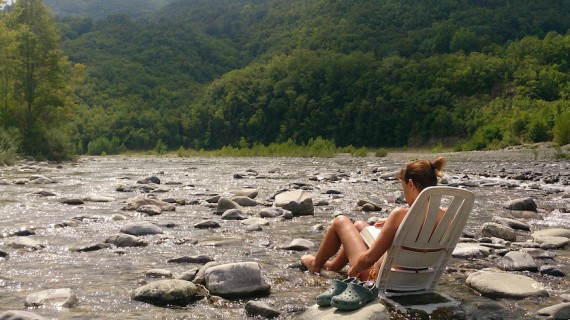Discover Brisighella one of the most beautiful villages in Italy thanks to the green, the paths, the stairs carved in chalk
Brisighella has just over 7.000 inhabitants and is located in the province of Ravenna. It is 115 meters above sea level, at the foot of the Tuscan Emilian Apennines.
Why is it called the “village of the three hills“? Because the town stands on three pinnacles in which is, respectively, the Fortress, the Sanctuary, the Clock Tower.
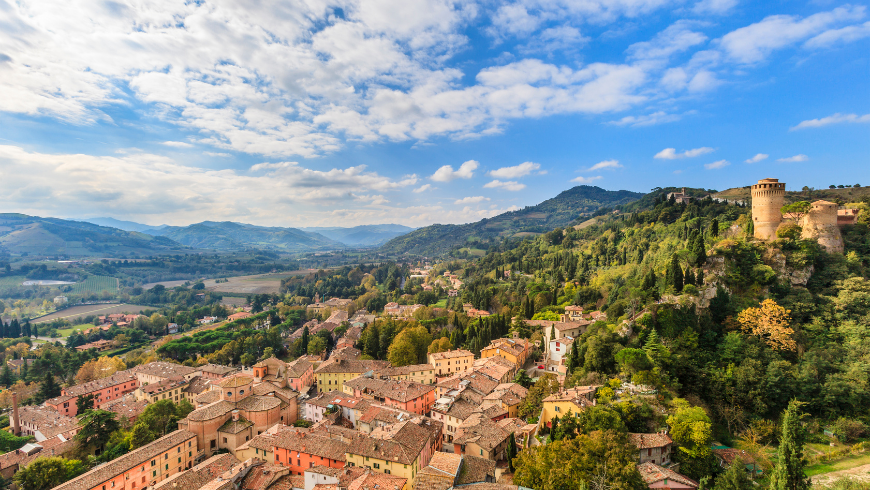
Considered one of the most beautiful villages in Italy, Brisighella thanks to the green, the paths, the stairs carved in chalk. Overall, it gives it a real atmosphere suspended in time very particular and suggestive.
When to visit her?
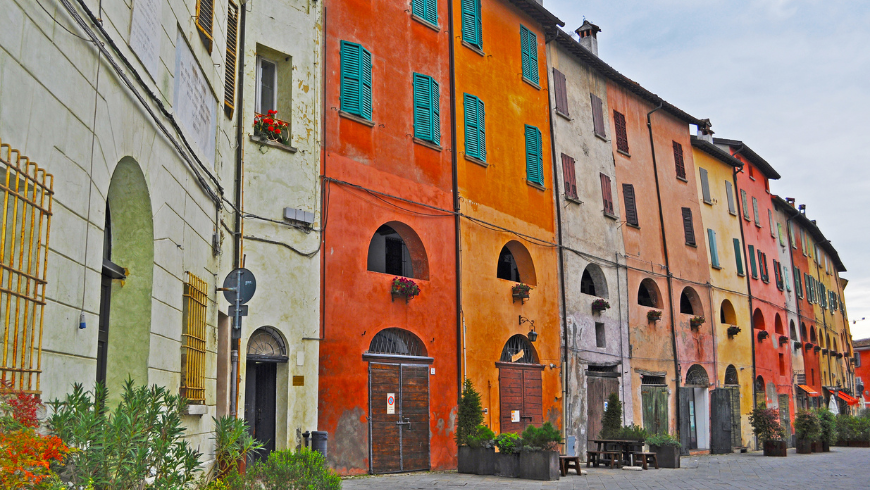
There are no better seasons to go so every moment is always the right one!
If you have a weekend in combination you could do a trek in the Vena del Gesso Romagnola Park.
The park is located in the hinterland between Imola and Faenza and is natural area of over two thousand hectares. Its peculiarity is that the mountain range consists entirely of chalk. For more information.
But now we return to Brisighella which is easily accessible both by public transport and by car. If you arrive by train there is the train station (Faenza/ Florence) which is a short walk from the center.
While by car you can leave it at the parking lot located right near the station (when I went there was free) of trains and which is quite large so you should not struggle to find a place to park it.
What to see:
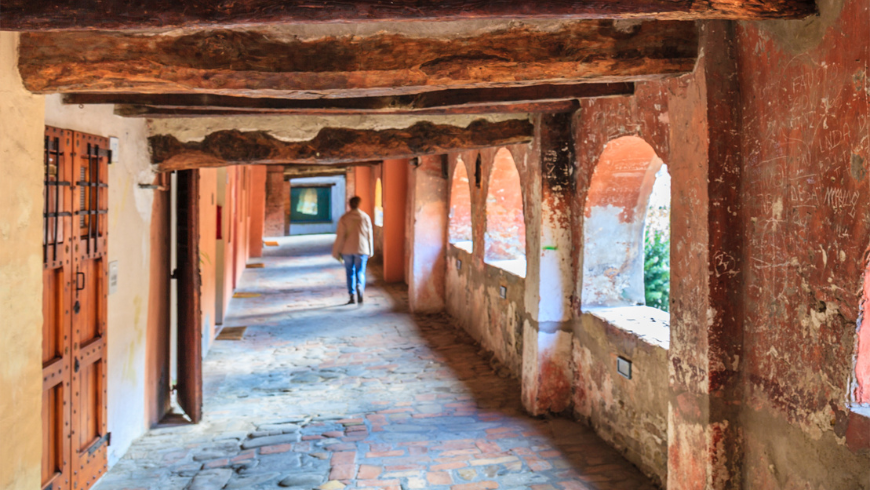
Start from the colorful Piazza Marconi and from here you climb a few steps to get to the Via degli Asini which is the only example of all Europe of medieval road that is elevated and is also incorporated into a building!
Was made in the fourteenth century as a defense although later it was used as a way to transport from the chalk quarries thanks to carts pulled by donkeys and their stables were at the height of each bezel that’s why it was called so.
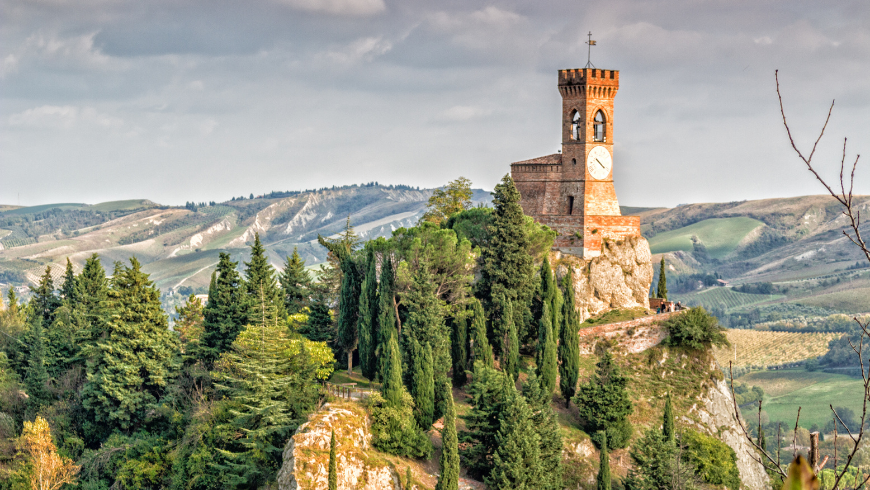
I then continue along the staircase and arrive at the path that will take me to the Clock Tower. It is an interesting defensive bulwark that was erected in 1290 by Pagani (he was a Romagna leader who was also blamed by Dante Alighieri in the Divine Comedy for its political ambiguities).
It was rebuilt in 1850 and it was only then that a strange clock was placed with a dial that counts six hours instead of twelve.
To get there you have to make the beauty of 350 steps a real grind, but once you get to the top the view is wonderful and you will be rewarded by the effort. The tower opens on holidays and in the early afternoon (opening hours: summer 15.30/18.30 and winter 14.30/18.30).
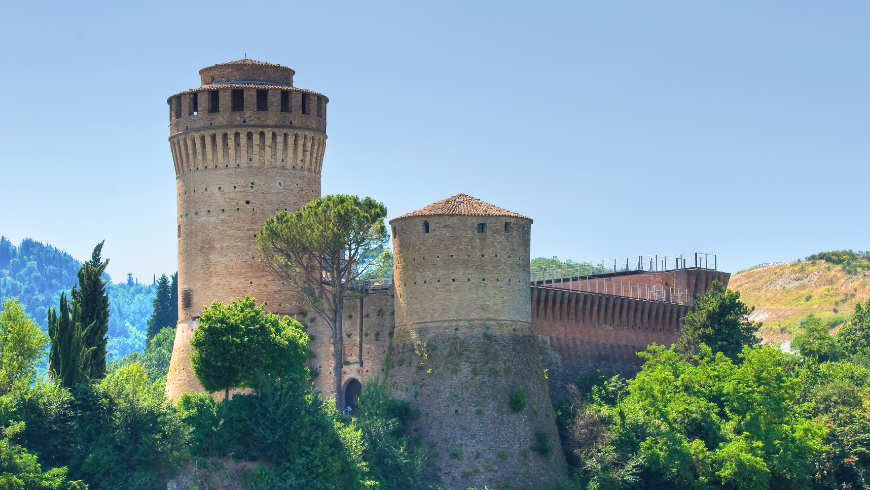
My next destination is the Rocca. It can be reached with a nice 15-minute walk from the Tower. Or you can get there through a path (well indicated) that starts from the historic center. The fortress was built in the fourteenth century by the Manfredi family of Faenza.
It can also be visited inside. When I went there the entrance ticket cost 3 euros also included the entrance to the civic museum that is dedicated to the relationship between man and chalk that here is certainly the master.
Currently Covid regulations require the entry of 20 people every half hour but I can assure you that 30 minutes may be enough for a visit.
I found very interesting both the external walkway and the path of the dungeons without forgetting the beautiful furnished rooms, even the master ones, and the kitchens.
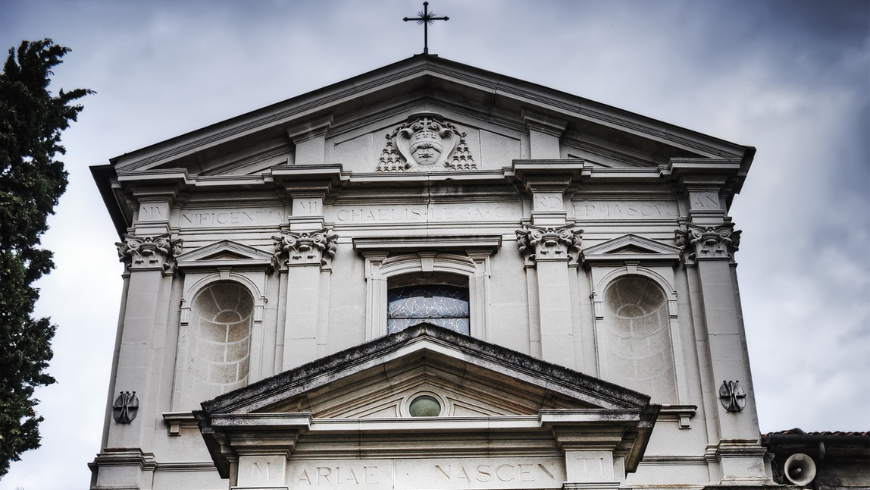
From the fortress, again, with a few minutes walk you can get to the Sanctuary of Monticino. It is an uphill path but not too demanding partly on paved road and then return to nature. The Sanctuary is of the seventeenth century although it has been restored several times.
In the sanctuary is venerated a statue of the Madonna in polychrome terracotta and whose artist is unknown but it is known that it dates back to 1626.
The sanctuary should be open from 08 to 16 while, beware, that Saturday is from 10:30 until always at 16. On the back of the Sanctuary itself is the museum that until a few years ago was a quarry from which the plaster was extracted. Now it has become an Open Geological Museum.
The Cathedral is the collegiate church of San Michele Arcangelo and was built in the second half of the seventeenth century with a Greek cross plan. Inside there is a fifteenth-century table representing the Madonna delle Grazie, another San Michele and one the Adoration of the Magi.
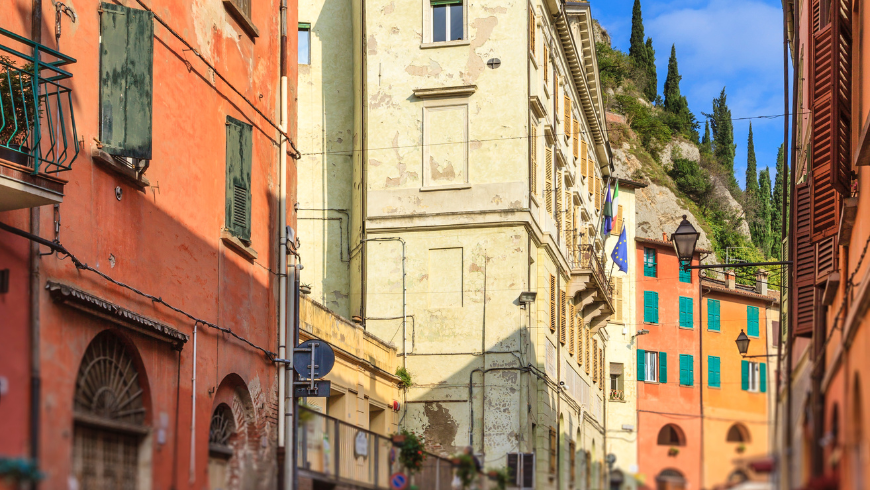
The Town Hall, built between 1824 and 1828 in Palladian neoclassical style. Also the fountain of the three spouts, which is the oldest public fountain in the country, deserve a mention.
For more information on Brisighella and its many beauties you can consult the website.
